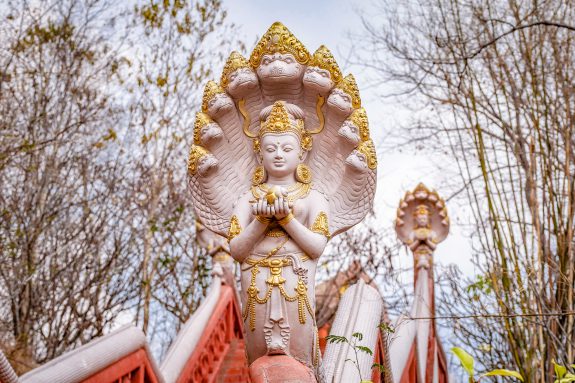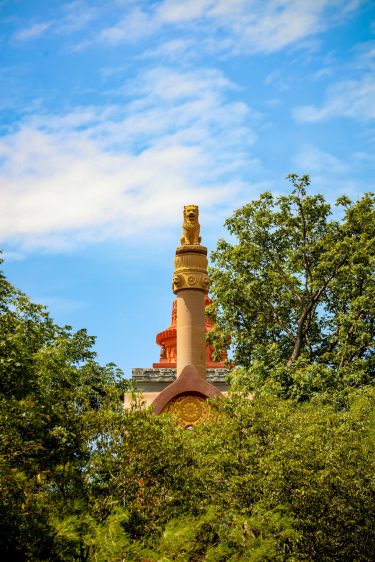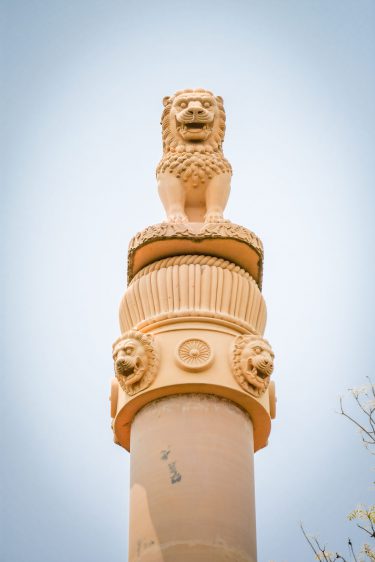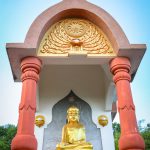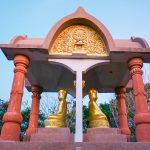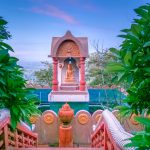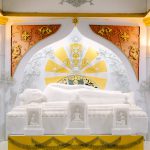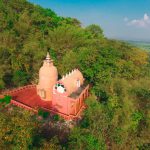Zone 4
Scenic Naga Stairs
Taking you up and down from Sri Buddha Gaya Pagoda, this path features 4 notable attractions:
Naga Stairs
Ashoka Stone Pillar
The Ashoka Pillar at the Forest Monastery of Her Royal Highness reflects a tradition started by King Ashoka the Great (304-232 BCE). After the Buddha’s death, the King revived the religion by marking important sites during the Buddha’s lifetime with a stone pillar: The Lord’s places of birth, enlightenment, and passing. The pillars do not only demarcate important landmarks in Buddhism for Buddhists; they serve as a monument of dharma to show that Buddhism has planted a firm root in a given place.
Shrine of Phra Upakut
Phra Brahmavajirakorn created the arhart as a double-sided figure to bring blessings for visitors: They shall arrive and leave with auspiciousness and come with mindfulness and leave with mindfulness. Phra Upakut shall eliminate obstacles and bring propitiousness to everyone who visits the Forest Monastery of Her Royal Highness.
The arhat played an important role during the time of King Ashoka the Great, after the Buddha passed. He defeated a demon who came to antagonize a worship ceremony the King organized.
The Buddha’s Place of Death
Naga Stairs
Ashoka Stone Pillar
The Ashoka Pillar at the Forest Monastery of Her Royal Highness reflects a tradition started by King Ashoka the Great (304-232 BCE). After the Buddha’s death, the King revived the religion by marking important sites during the Buddha’s lifetime with a stone pillar: The Lord’s places of birth, enlightenment, and passing. The pillars do not only demarcate important landmarks in Buddhism for Buddhists; they serve as a monument of dharma to show that Buddhism has planted a firm root in a given place.
Shrine of Phra Upakut
Phra Brahmavajirakorn created the arhart as a double-sided figure to bring blessings for visitors: They shall arrive and leave with auspiciousness and come with mindfulness and leave with mindfulness. Phra Upakut shall eliminate obstacles and bring propitiousness to everyone who visits the Forest Monastery of Her Royal Highness.
The arhat played an important role during the time of King Ashoka the Great, after the Buddha passed. He defeated a demon who came to antagonize a worship ceremony the King organized.
